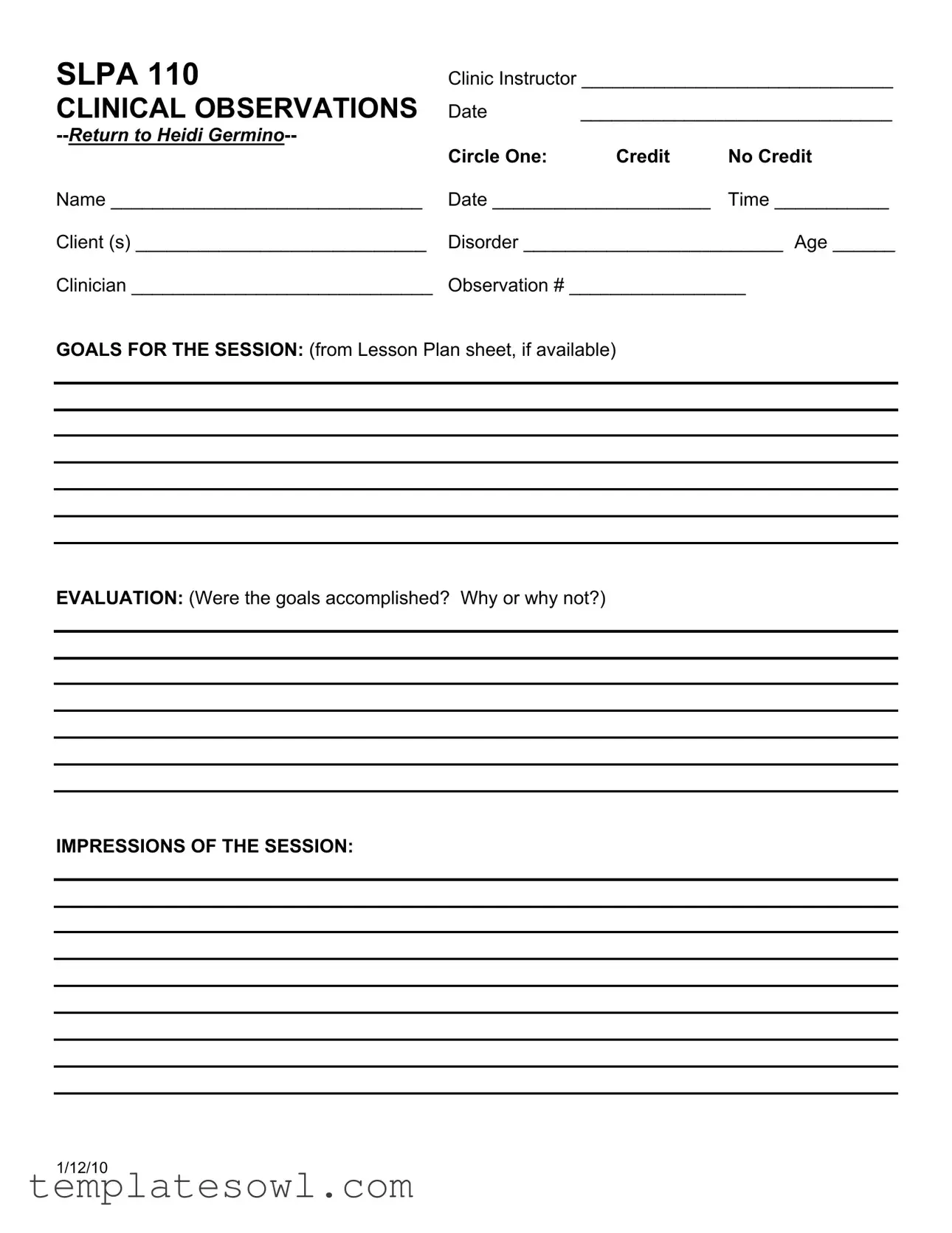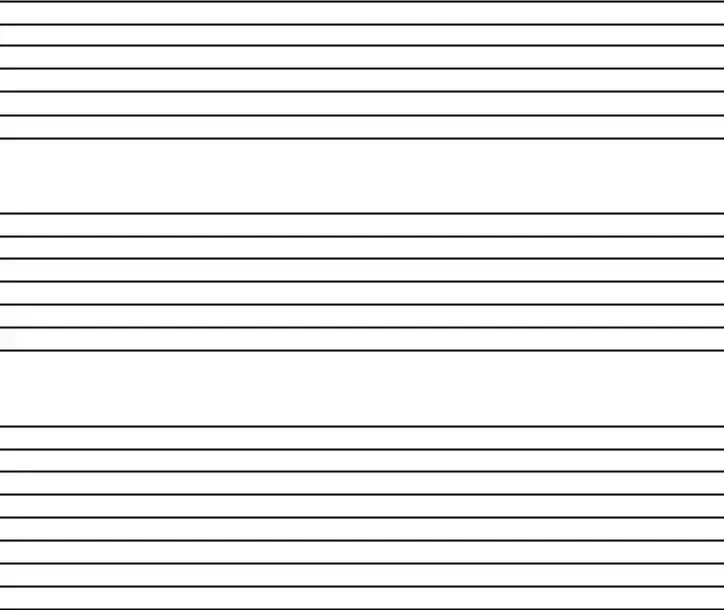What is the SLPA 110 form?
The SLPA 110 form is a document used for recording clinical observations during a supervised practice session. It serves as a structured way to assess and document the performance of a clinician in a clinical setting.
Who needs to fill out the SLPA 110 form?
This form is typically filled out by a clinic instructor or supervisor who is observing a clinician during a session. It helps ensure that the clinician’s performance is evaluated systematically.
What information needs to be included in the SLPA 110 form?
The form requires several details, including the date of the observation, the names of the clinician and client, the client’s disorder and age, and a summary of the session’s goals and evaluations. Additionally, impressions of the session should be noted to provide feedback.
How is the evaluation portion of the form completed?
The evaluation section asks whether the session goals were accomplished and the reasons for the outcome. Observers should analyze the session results and provide constructive feedback to support the clinician’s growth.
What does the “CREDIT” and “NO CREDIT” section signify?
This section allows the clinic instructor to indicate whether the clinician has met the necessary criteria for credit. A “CREDIT” designation means the clinician fulfilled the expectations during the observation, while “NO CREDIT” indicates they did not meet the requirements.
When should the SLPA 110 form be returned?
Once completed, the SLPA 110 form should be returned promptly to Heidi Germino. Timely submission is important for maintaining accurate records and ensuring that the clinician receives necessary feedback.
How does the SLPA 110 form impact a clinician’s progress?
The form provides crucial insights into a clinician’s strengths and areas for improvement. Constructive feedback helps the clinician understand their performance, allowing for targeted development in their practice.
Is there a specific format for completing the form?
The SLPA 110 form should be filled out clearly and legibly. Each section must be completed in accordance with the instructions provided, ensuring that all necessary information is included to facilitate a meaningful review.
Can the SLPA 110 form be used for different types of disorders?
Yes, the form can be used to observe and evaluate clinicians working with a variety of disorders. It is adaptable for different clinical situations, making it a useful tool across diverse practice areas.

